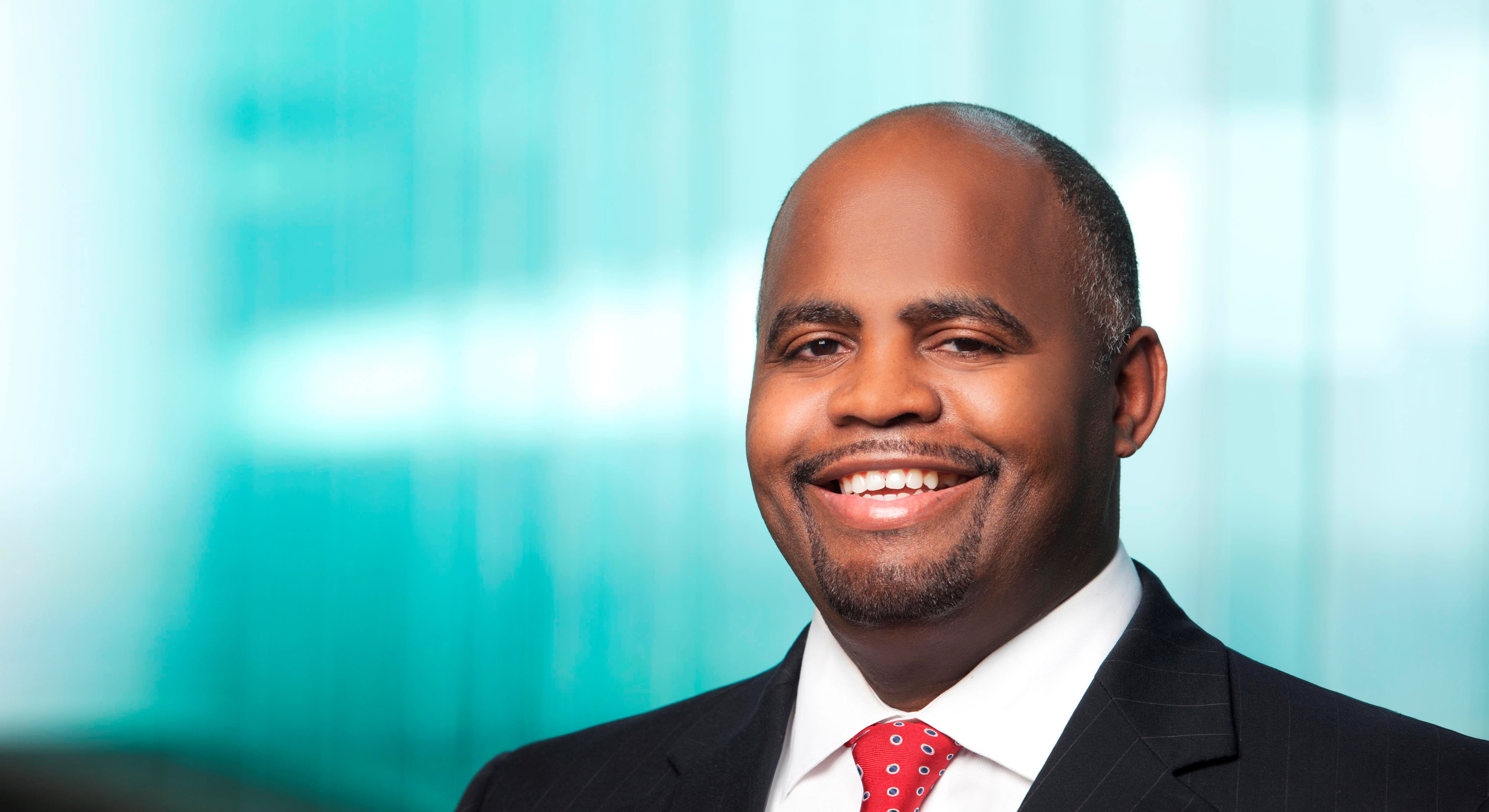
Categories

This online series written by Wright Lindsey Jennings’ Erika Ross Gee and published by Arkansas Business, examines key trends in the State of Arkansas’ continued debate over health care reforms.
As I suggested in my preview, last week’s meeting of the Health Care Reform Legislative Task Force brought some clarity and public focus to the previously quiet discussion on managed care in Arkansas. Although there is presently no consensus on what type of reform to adopt, the task force made it clear that we can expect some type of managed care for Arkansas’ traditional Medicaid population.
Notably, the discussion and votes from the members of the task force highlighted the extent of the conflict over the type of managed care under consideration.
After some unsuccessful wrangling over voting procedures, task force members were asked to support either Option 1, the “full-risk” managed care for the behavioral health (BH) and developmental disabilities (DD) populations, which has been championed by Gov. Asa Hutchinson; or Option 3, the “DiamondCare” plan, a broader “managed fee-for-service” (MFFS) model that was introduced and supported by a group of legislators.
In a voice vote where members could choose only Option 1 or 3, eight voted for Option 1, the governor’s plan, while seven voted for Option 3, DiamondCare. But it took nine votes to make a recommendation to the full Legislature, so the meeting ended without any consensus on which option is most appropriate for Arkansas.
Given the criticism of the governor’s plan that was voiced at the start of the last meeting by Sen. Keith Ingram (D-West Memphis), the divided vote on managed care was perhaps not surprising.
In fact, although the majority of the Democrats on the task force voted to support the governor’s proposed Arkansas Works extension of the private option, when it came to managed care, the Democrats took a step away from the governor, with nearly all them preferring DiamondCare over his plan.
The Two Plans
While the two options are both considered a type of managed care, there are stark differences.
Under the governor’s plan, Medicaid would pay a fee, called a “capitated payment,” to a managed care organization (MCO) to cover all services for the BH and DD populations. The primary benefit of this model to the state is that all the financial risk is on the MCO — if the capitation payment is not sufficient to cover necessary services for each patient, the MCO must cover them anyway.
Option 3, DiamondCare, was first proposed in December by Sen. Missy Irvin (R-Mountain View), Rep. Justin Boyd (R-Fort Smith), Rep. Joe Farrer (R-Austin), Rep. Deborah Ferguson (D-West Memphis) and Rep. Michelle Gray (R-Melbourne) as an alternative to the full-risk, capitated care model.
This group of legislators, nearly all Republicans, believes that the state should balance necessary cost-saving reforms with the promotion of preventative health services.
The DiamondCare model would achieve this balance through a MFFS model, including extending the existing provider-payment reforms, such as the Patient Centered Medical Home, to broader sections of the Medicaid population. The modified model considered by the task force also includes a level of risk, by tying administrative compensation to performance. But it does not transfer the financial risk of higher-than-expected cost of care to a third party, as the governor’s plan does.
There is a significant difference in the expected savings to be achieved by the two models.
The task force’s consultant, The Stephen Group, estimated that the governor’s plan would save a total of $1.439 billion over five years, while the DiamondCare model would save $1.057 billion over that time frame.
The cost differences lay primarily in the savings for the BH and DD populations — $991 million under the governor’s plan versus $464 million under DiamondCare. The Stephen Group has recommended the governor’s plan, both because of the estimated savings, as well as the fact that most states are moving away from MFFS toward full-risk managed care.
The Opposition, and What’s Next
The opposition to a full-risk capitated managed care model arises because patient and provider groups have serious concerns about the effect it could have on patients’ access to care and the providers of their choice, as was demonstrated in the poll of Arkansans conducted by the Arkansas Hospital Association and the Arkansas Pharmacists Association.
In response to these concerns, the alternative DiamondCare plan seeks to find a middle ground between reforms and the overall improvement of health in the vulnerable traditional Medicaid population.
In the wake of the last task force meeting, there have been some indications from Democratic leadership — including Ingram, the Senate minority leader, and Rep. Michael John Gray (D-Augusta), the House minority leader — that the managed care debate could affect Democratic support for the governor’s other proposals — including perhaps Arkansas Works.
At the next task force meeting on March 29, members will review draft legislation on the health care reforms they have discussed over the last year and consider making recommendations on what should be introduced at the April 6 special session.
If that meeting reveals that the divide over the appropriate approach to managed care has continued — or even expanded— we can expect that the special session will include a significant debate on managed care in addition to the ongoing battle over Arkansas Works.








































































